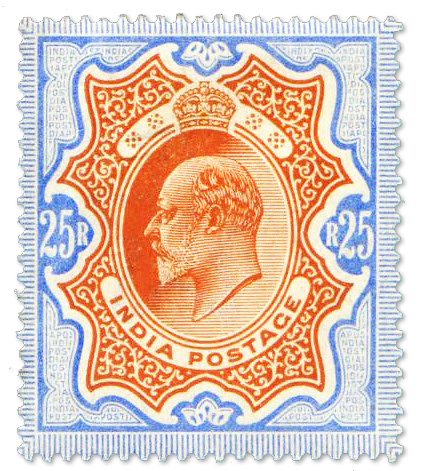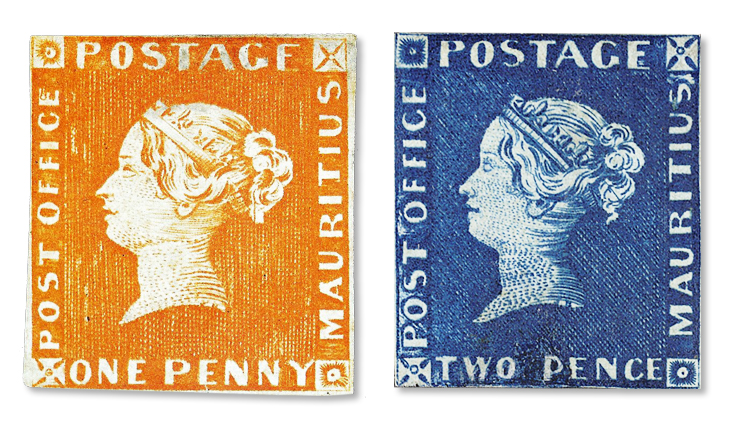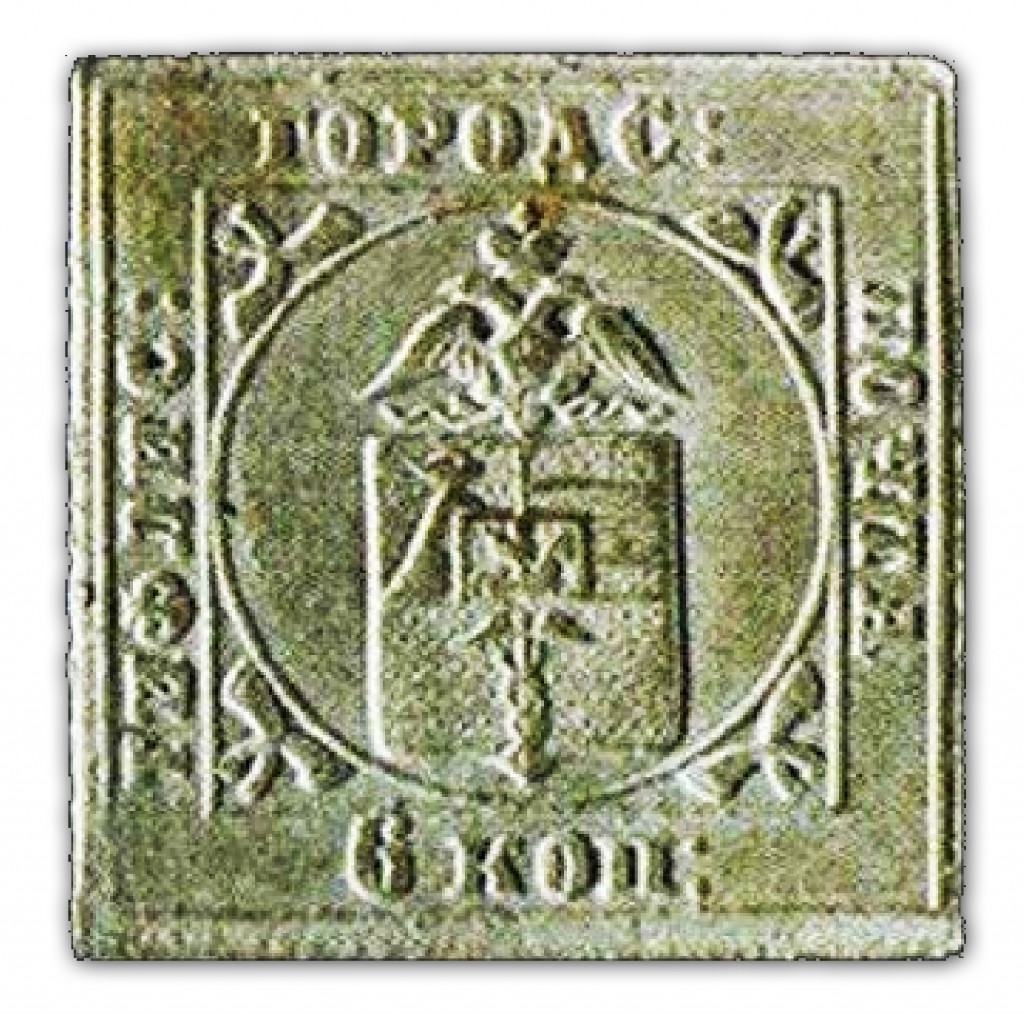Stamp Auctions: Philately as a Science
Views : 4356

A historical stamp with Edward VII’s portrait.
The complexity of the issue lies in the fact that postage stamps (as opposed, for example, to historical objects of different epochs) are quite a modern phenomenon and they exist in abundance. Nevertheless, it may be assumed that the scientific role of stamps should increase over time. In 70-100 years, stamps will become authoritative witnesses of quite distant eras. It is important that historians save and systematize the philatelic material that will be useful in the future.
Moreover, postage stamps will reveal to a careful observer such aspects of the past that cannot be easily spotted in other sources. This understanding, above all, reveals the meaning of stamps in art history. Postage stamps are the main reflection of art production of a state. They reveal to their owners the artistic taste of governments and that of the ruling class. At the same time, a stamp clearly shows the level of technical excellence in the respective state institutions – their engraving, lithographic, typographical, and other expertise (perforation, gumming, and so on).

Mauritius 1-penny stamp and 2-pence, which may become the pearl of any collection.
Also, a stamp has particular importance as a purely historical document since it responds to all state upheavals with astonishing sensitivity. Postage stamps give small but characteristic historical touches that are not reflected in other historical sites and objects. Philatelic auctions, especially online auctions, allow saving and distributing these important historical artifacts.

Tiflis 6-kopek stamp known to collectors from many countries of the world.
Stamp auctions will provide an opportunity to transfer philately from simple collectibles to a completely new rank, which is the scientific level, but this will happen with time. In order for this to happen, it is necessary to expand and enrich the philatelic literature by conducting scientific research and compiling a detailed history of stamps. At the moment, collectors are forced to limit themselves to information obtained from catalogs in which the emphasis is placed on market prices and not on the historical significance of stamps. The ever-increasing popularity of philatelic auctions will lead to the fact that collectors will want to receive all the necessary information about a stamp, including the artist’s name and the name of the institution that printed the item, the number of copies made, the fate of existing varieties, and so on. Therefore, philately as a science is to be created, starting with a historical description of all emissions.